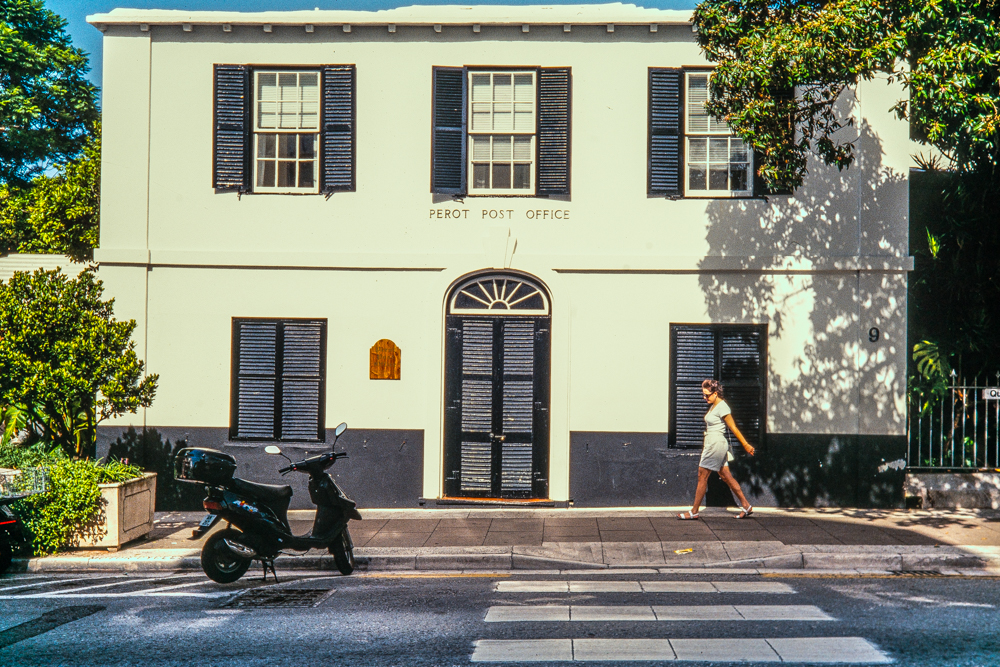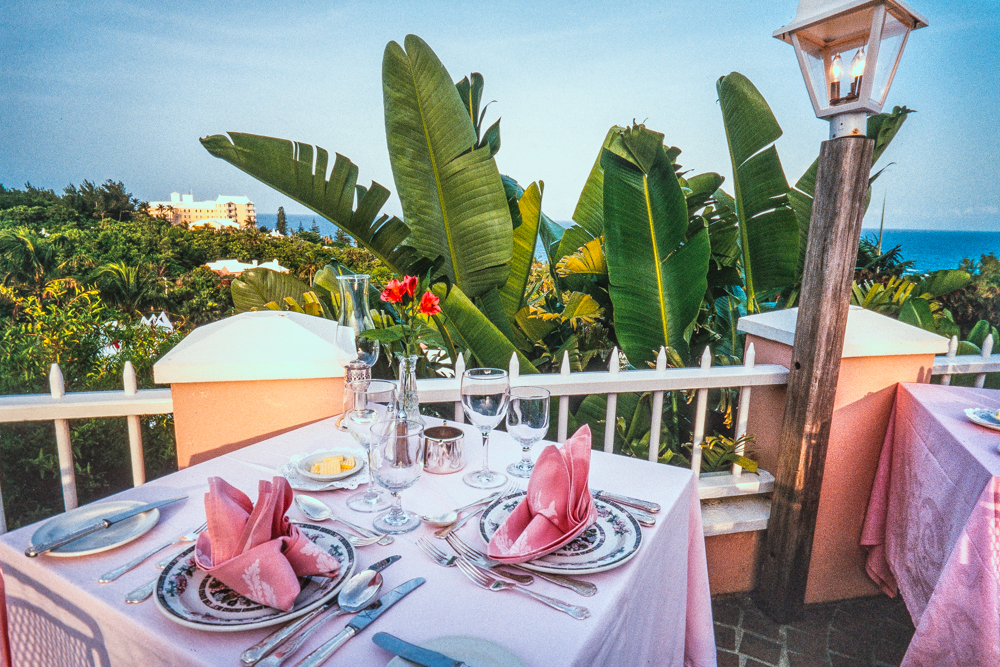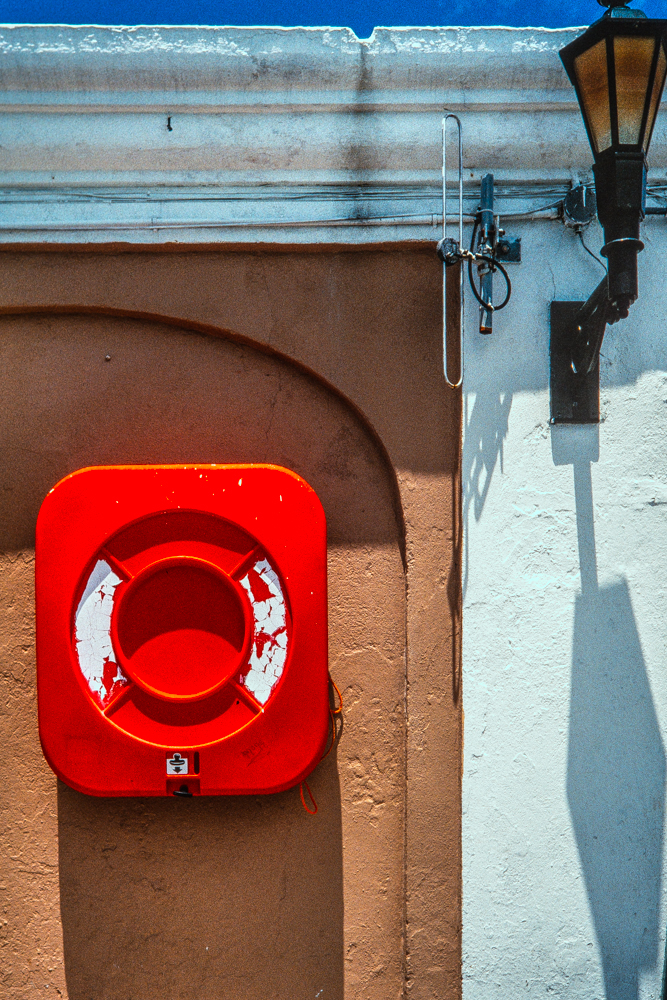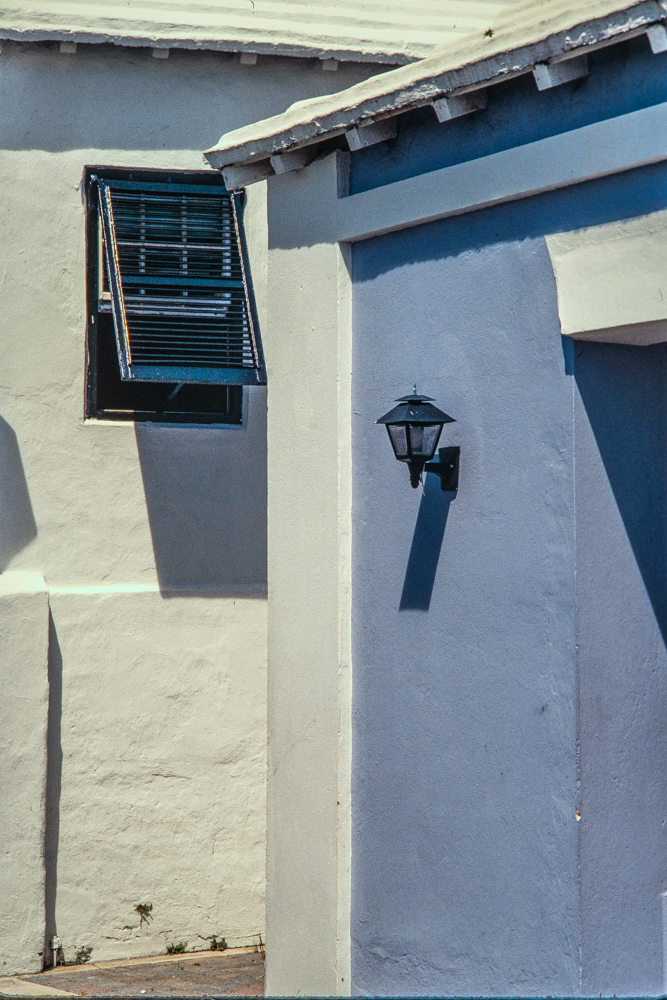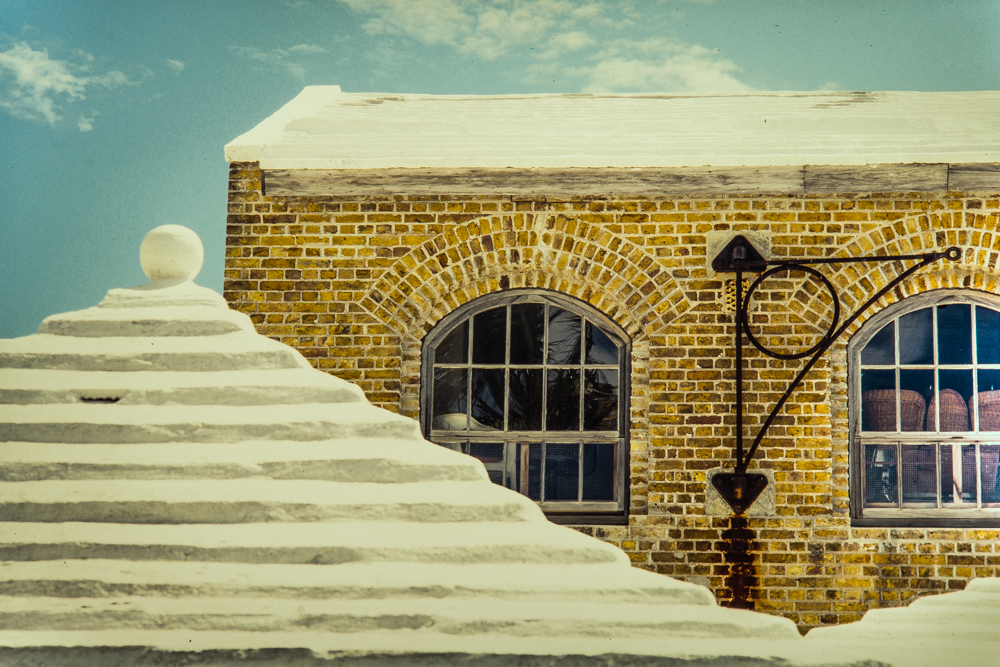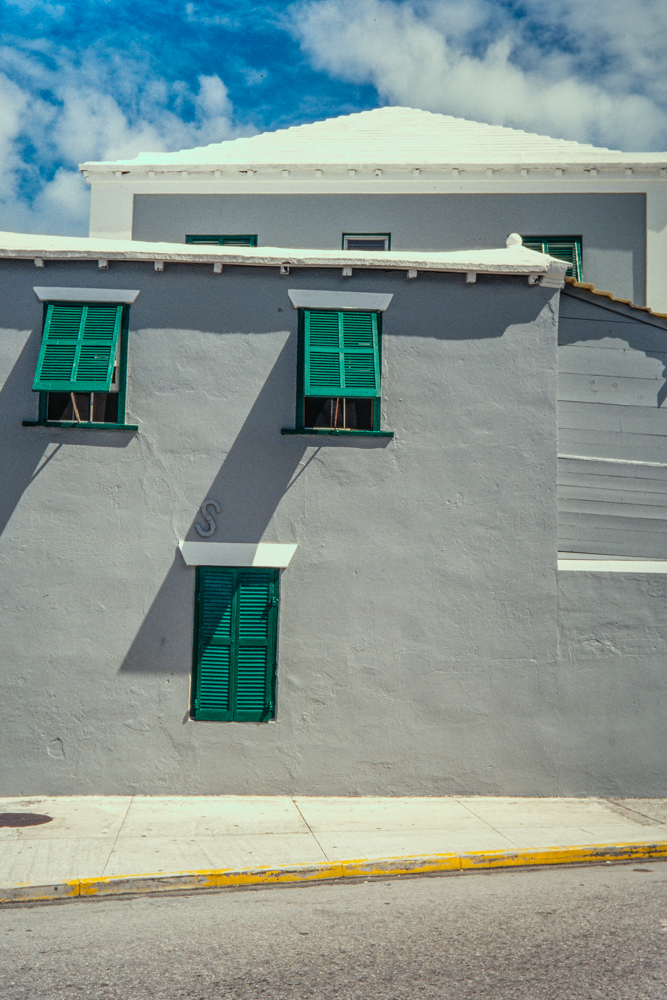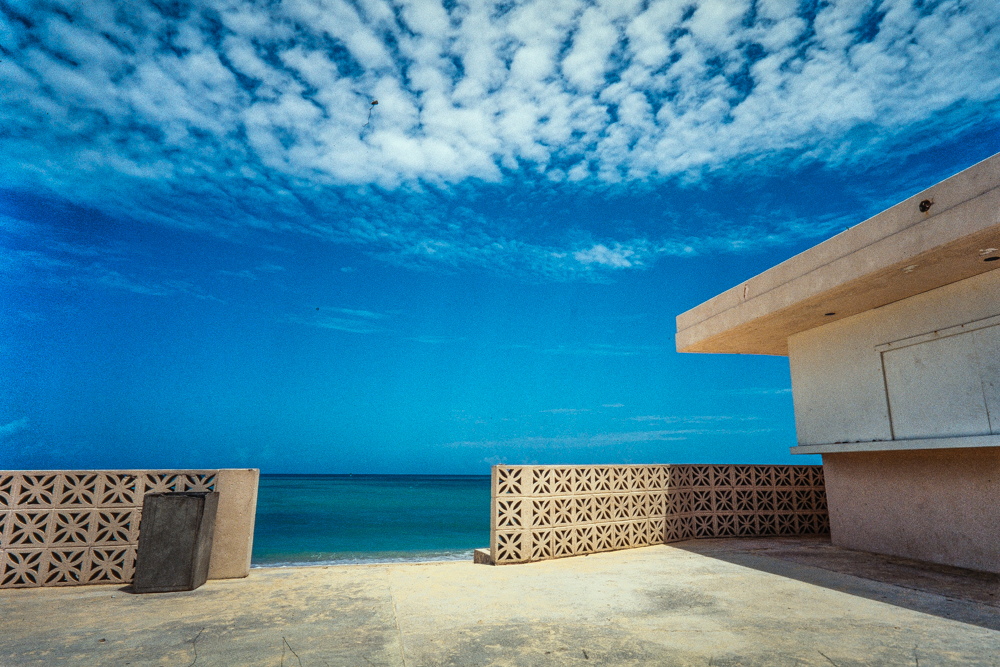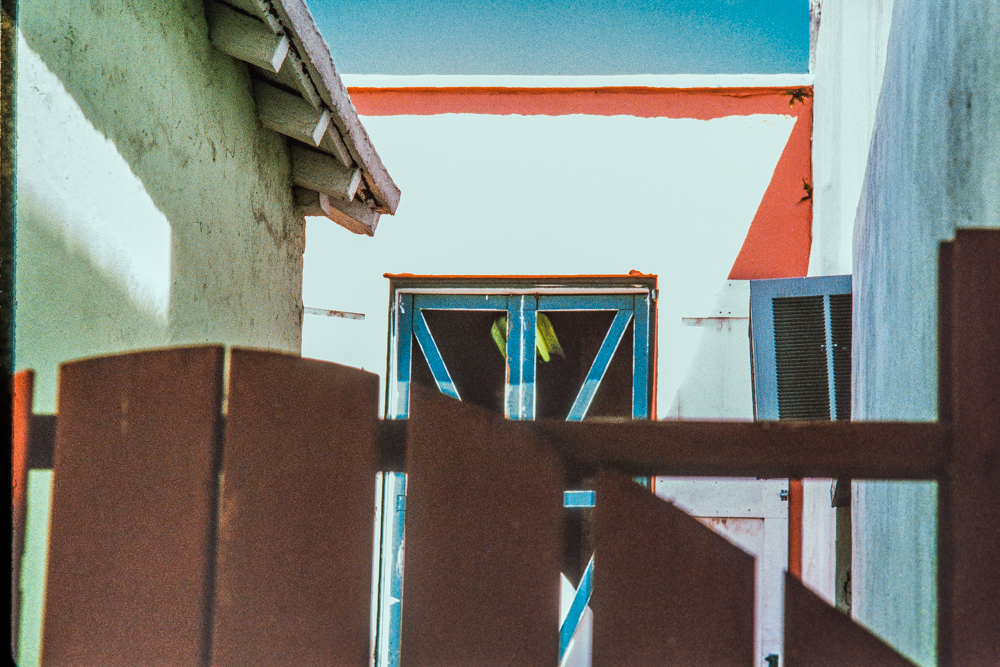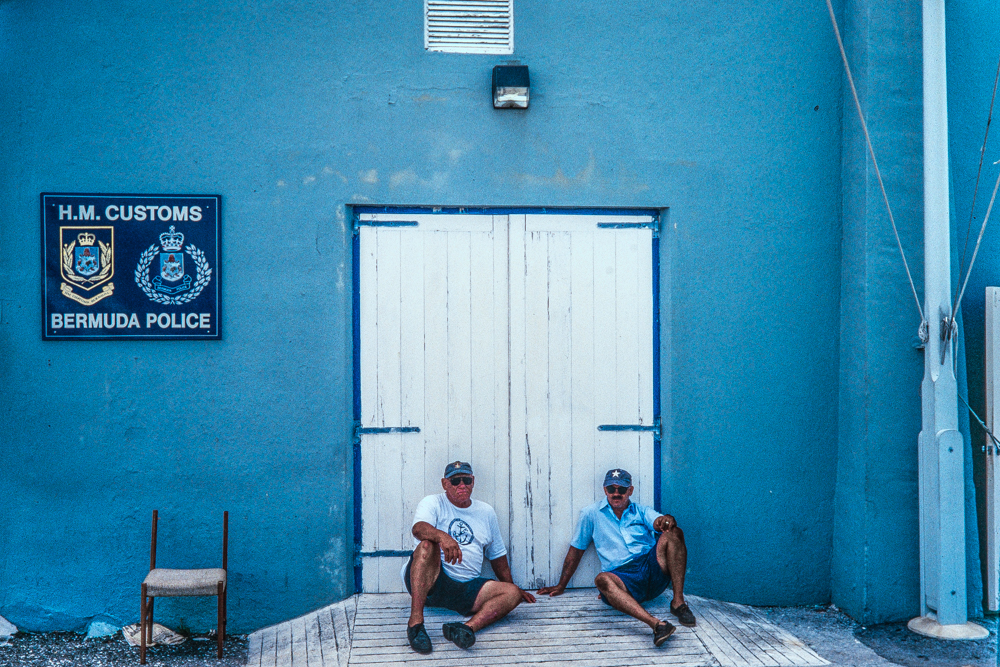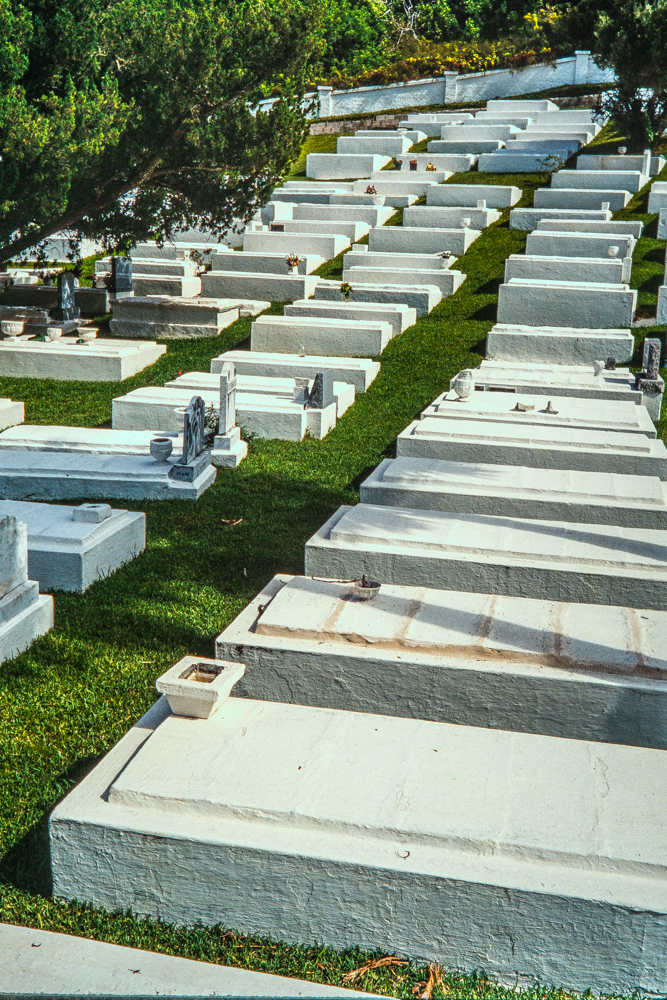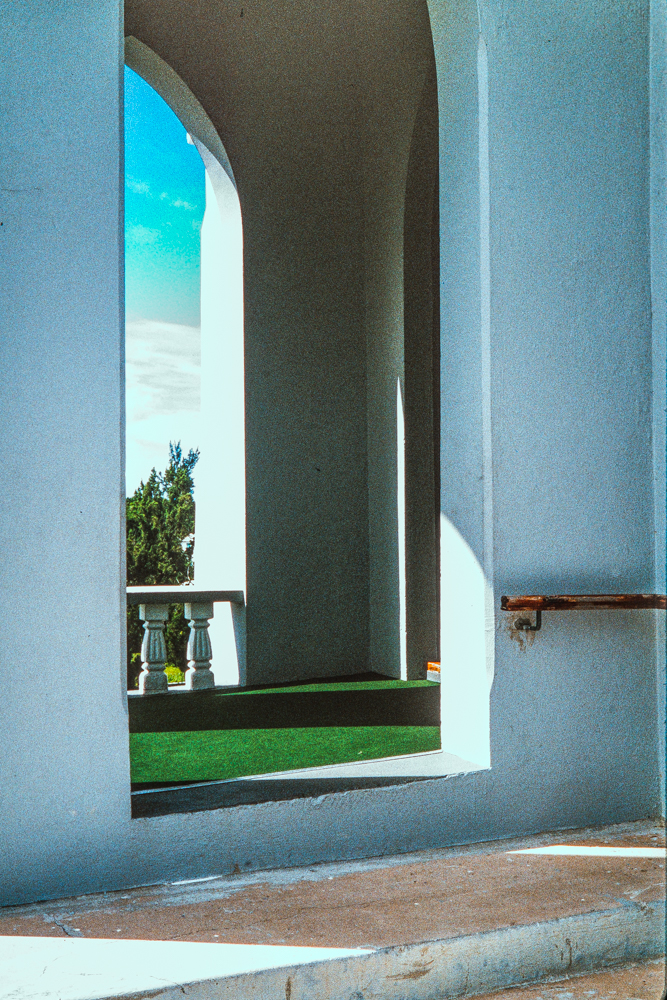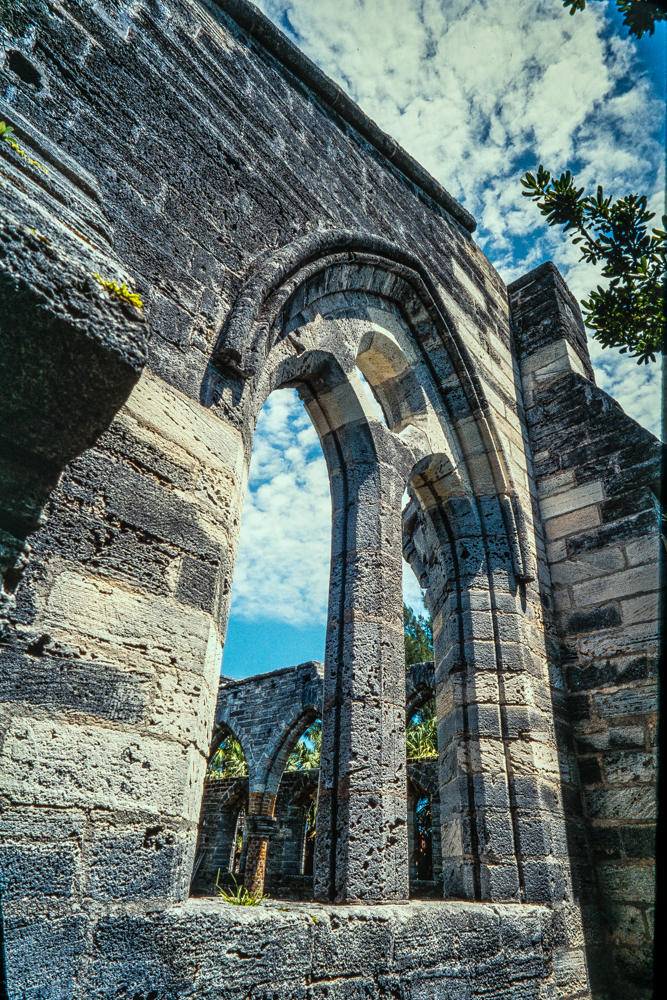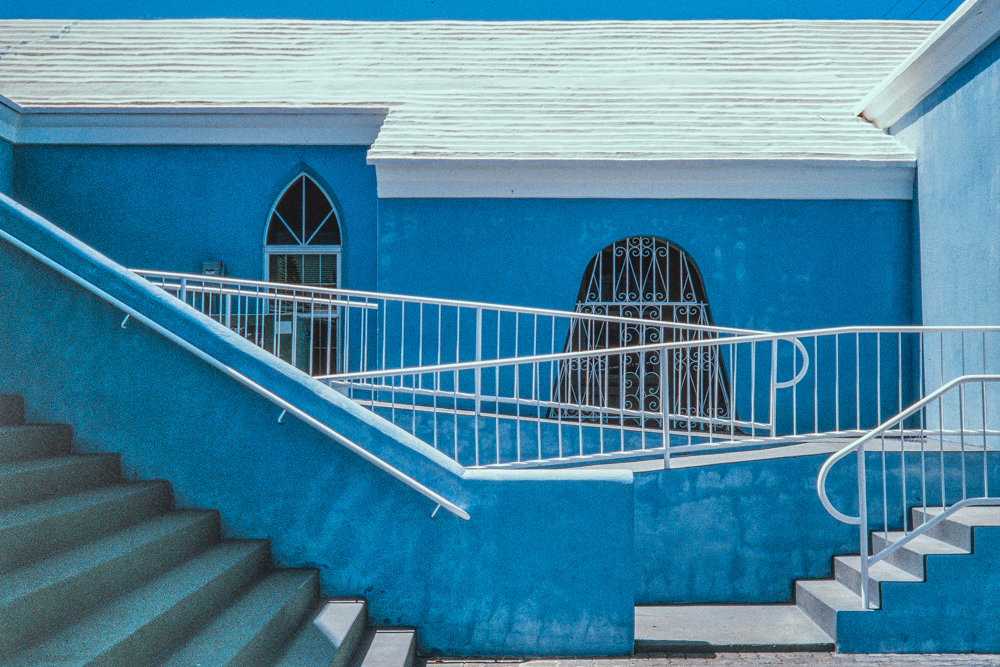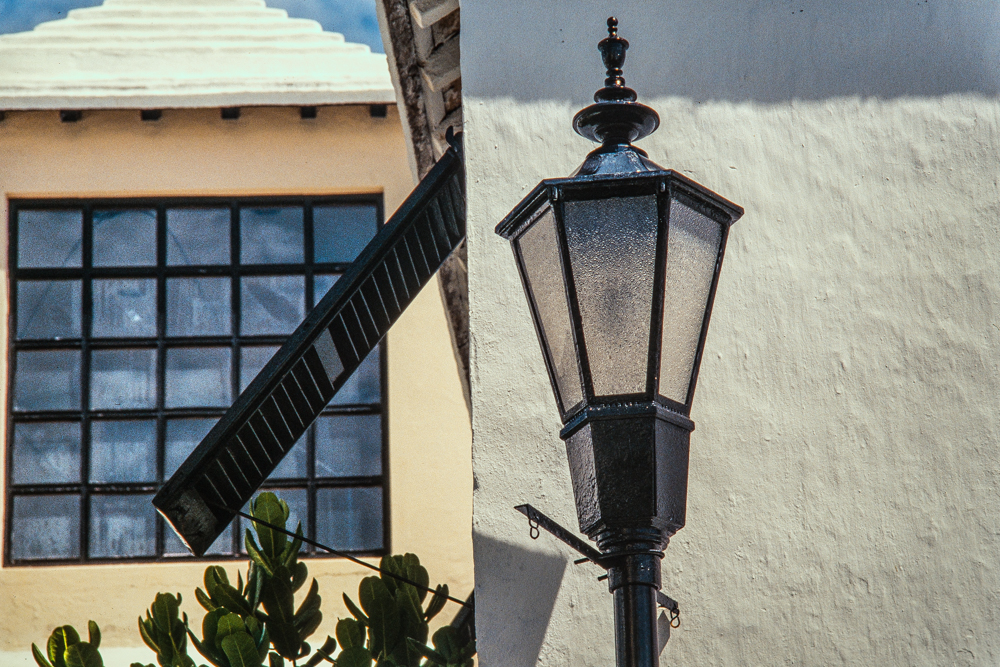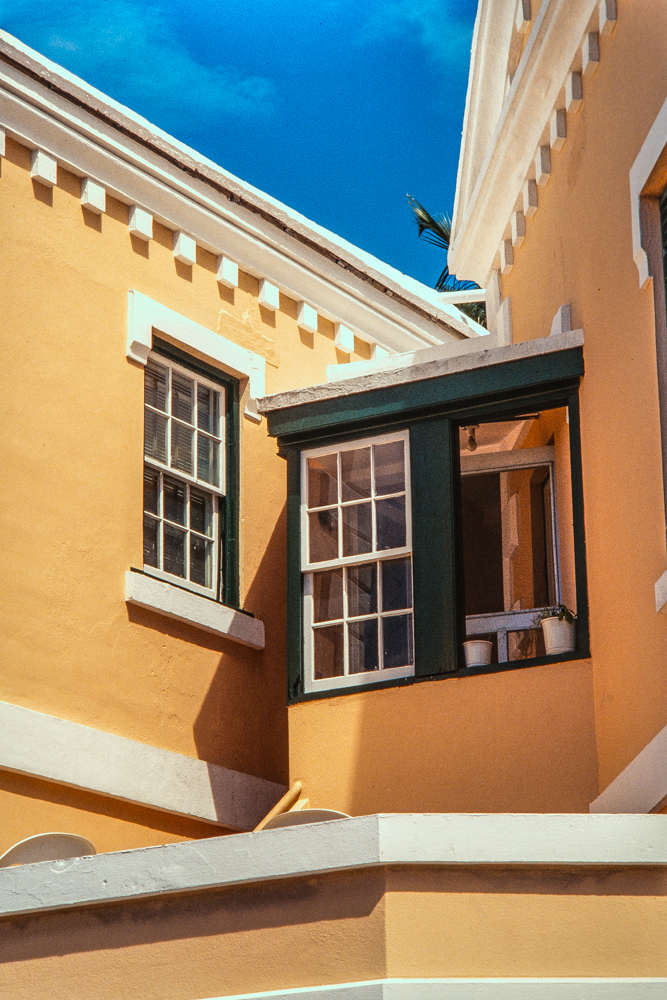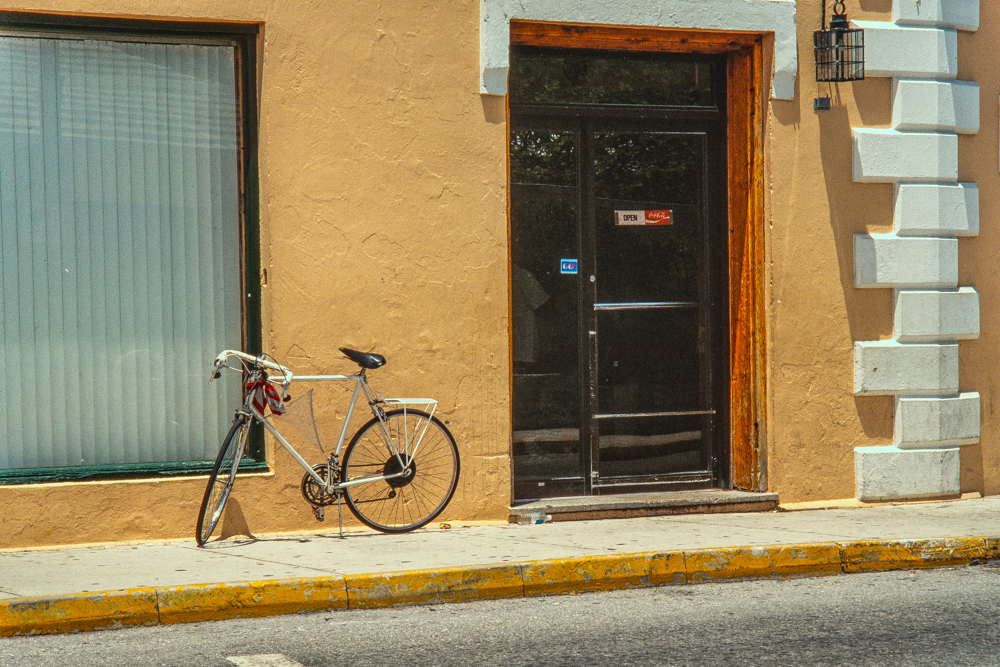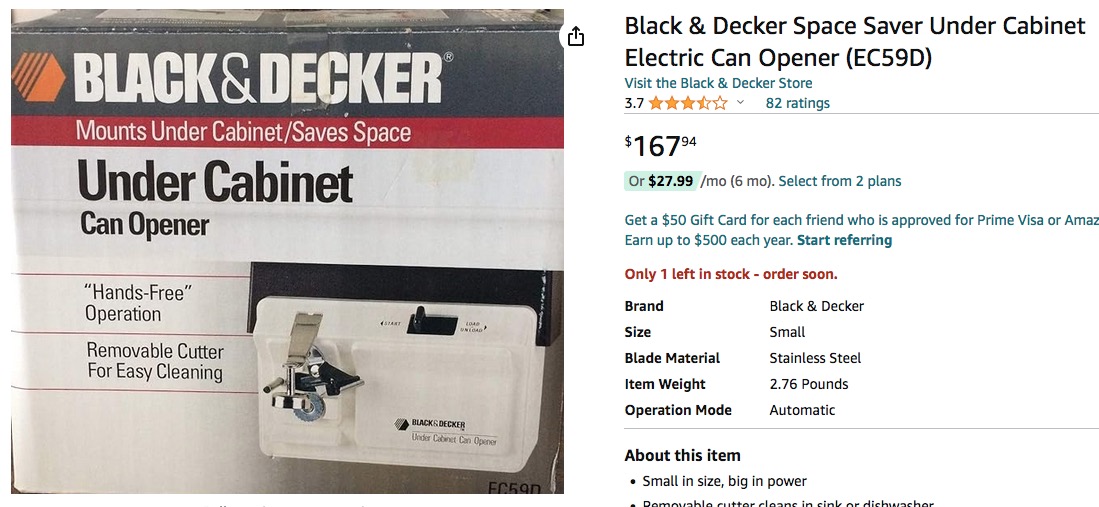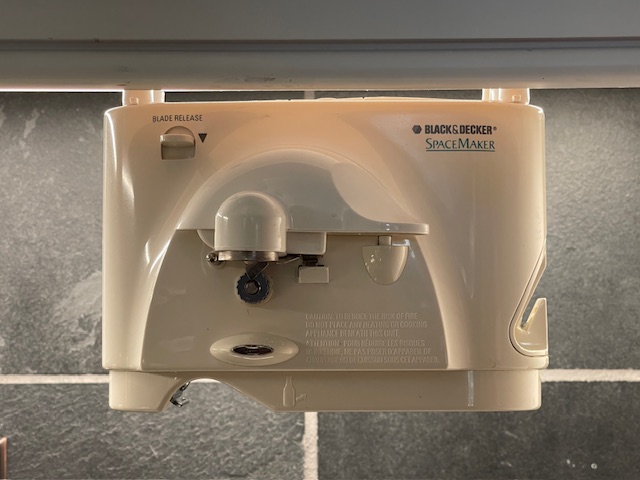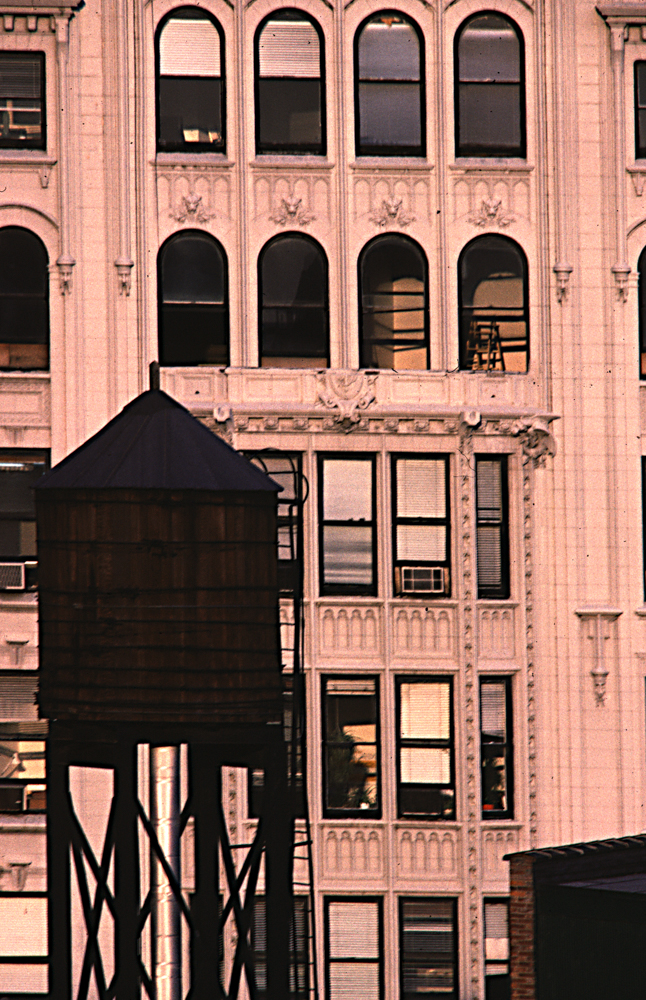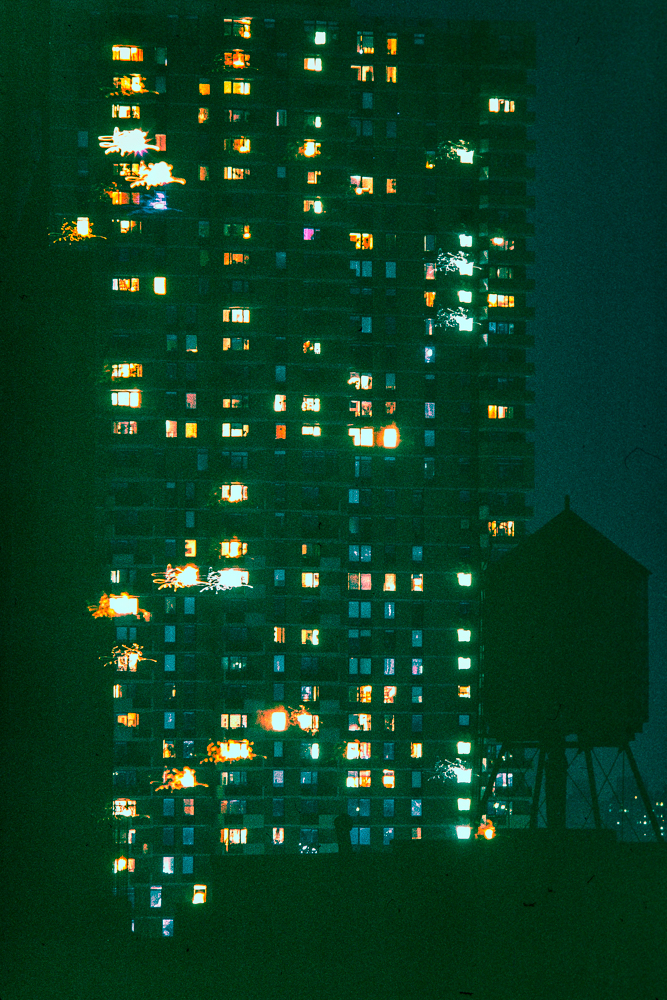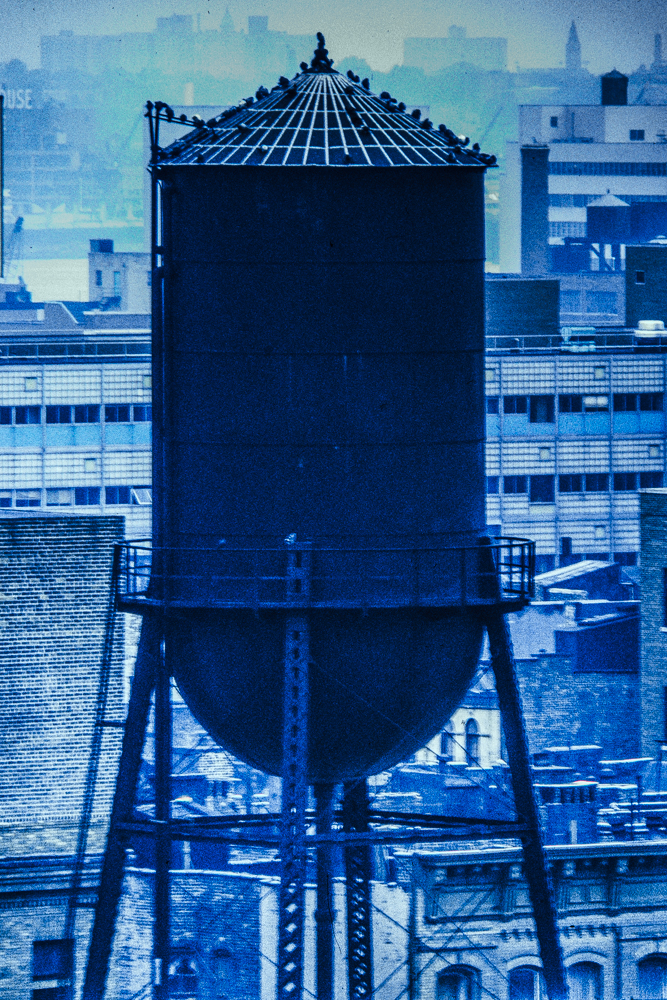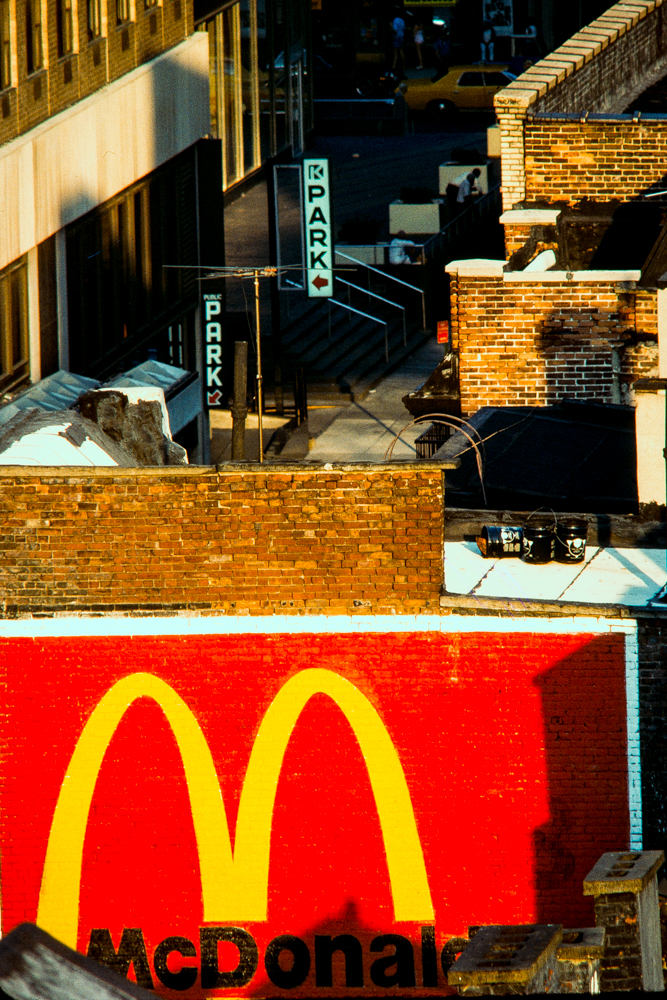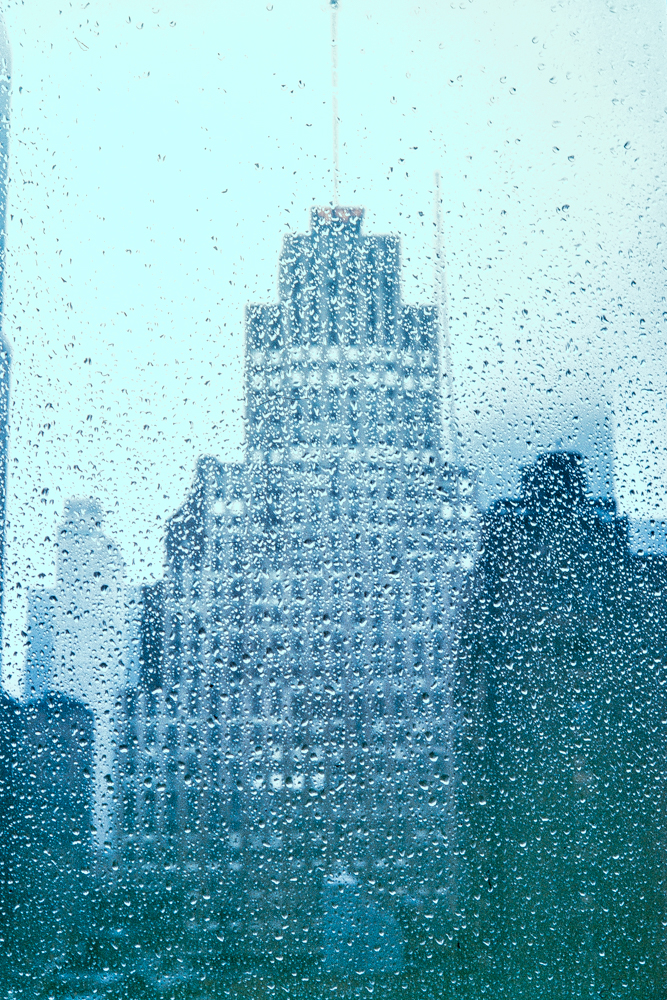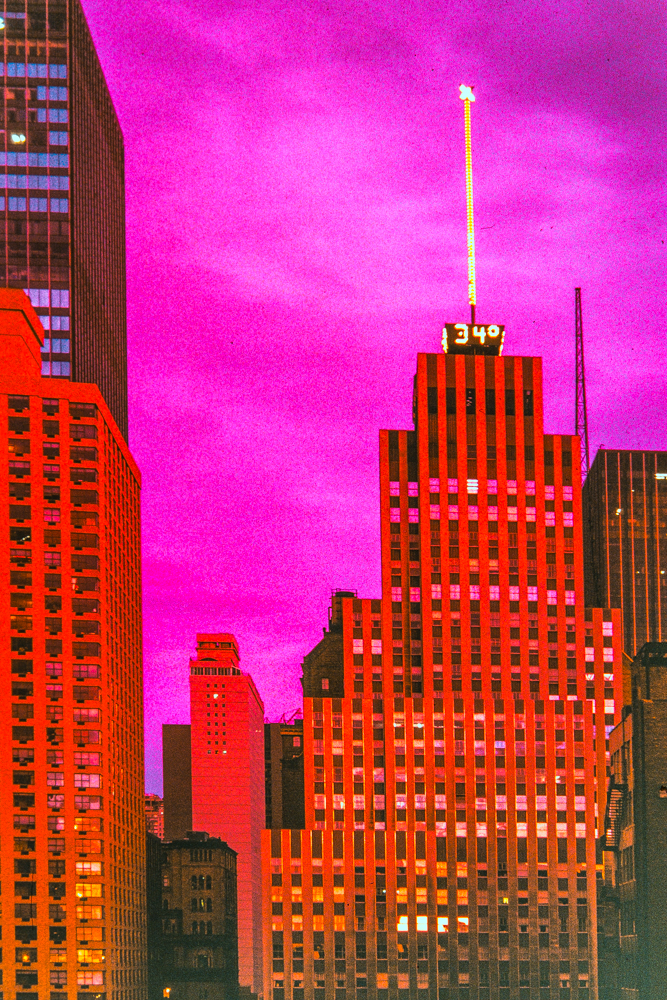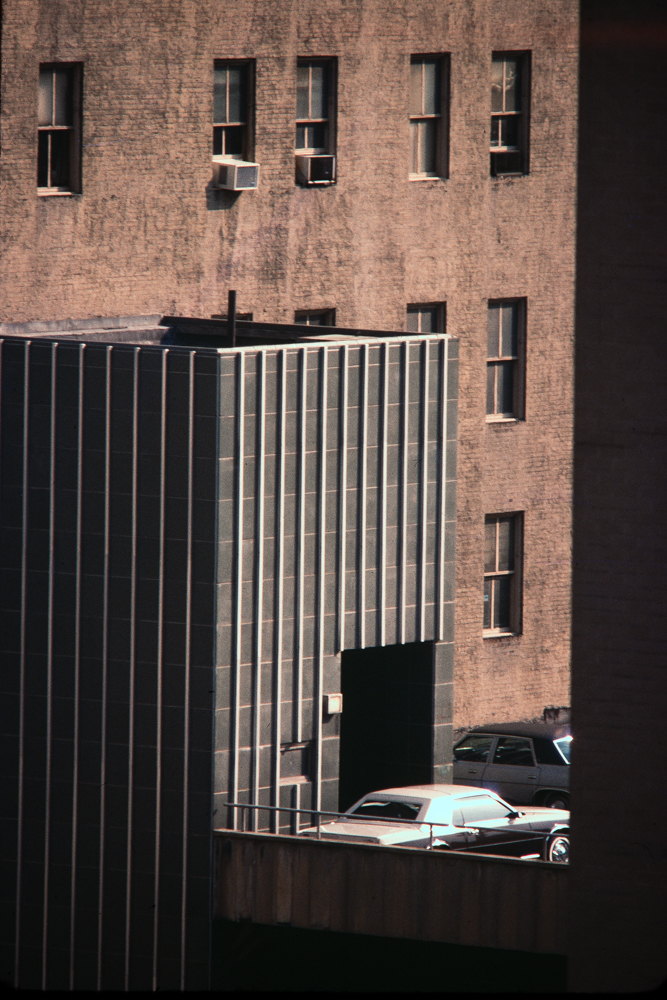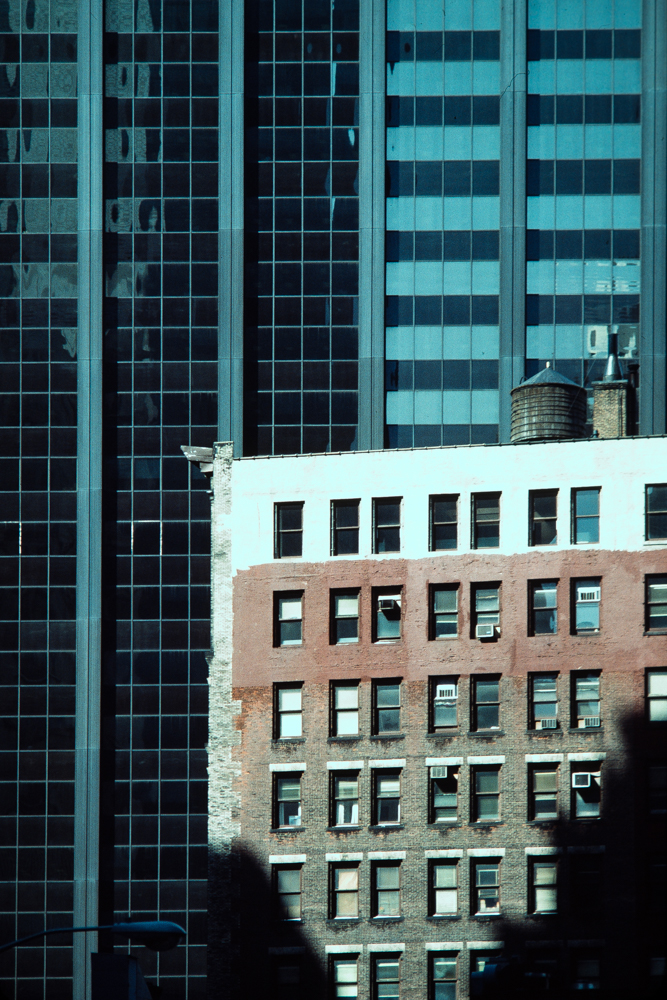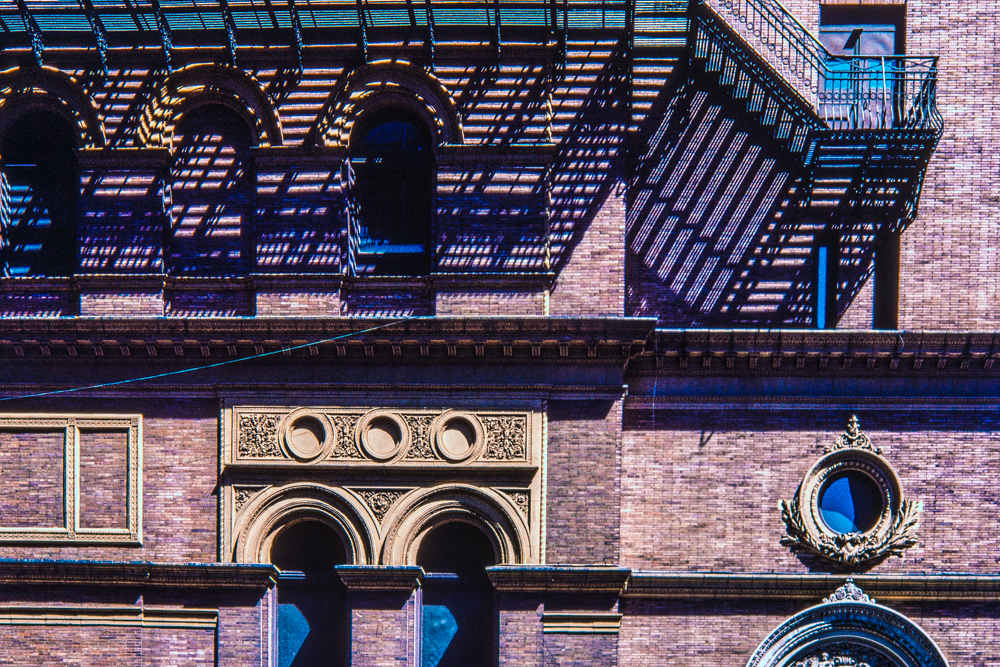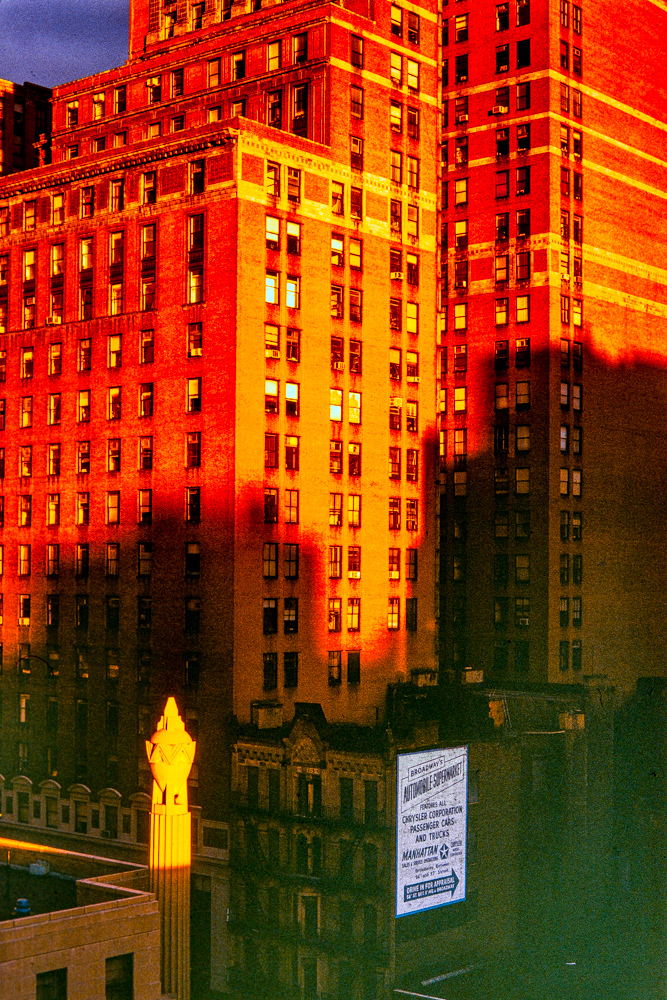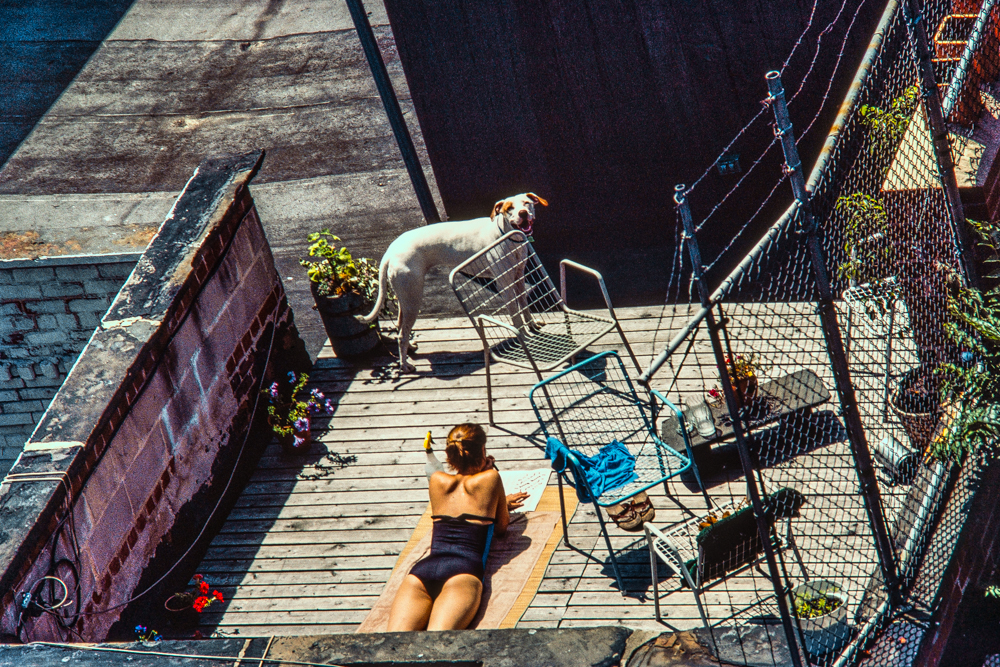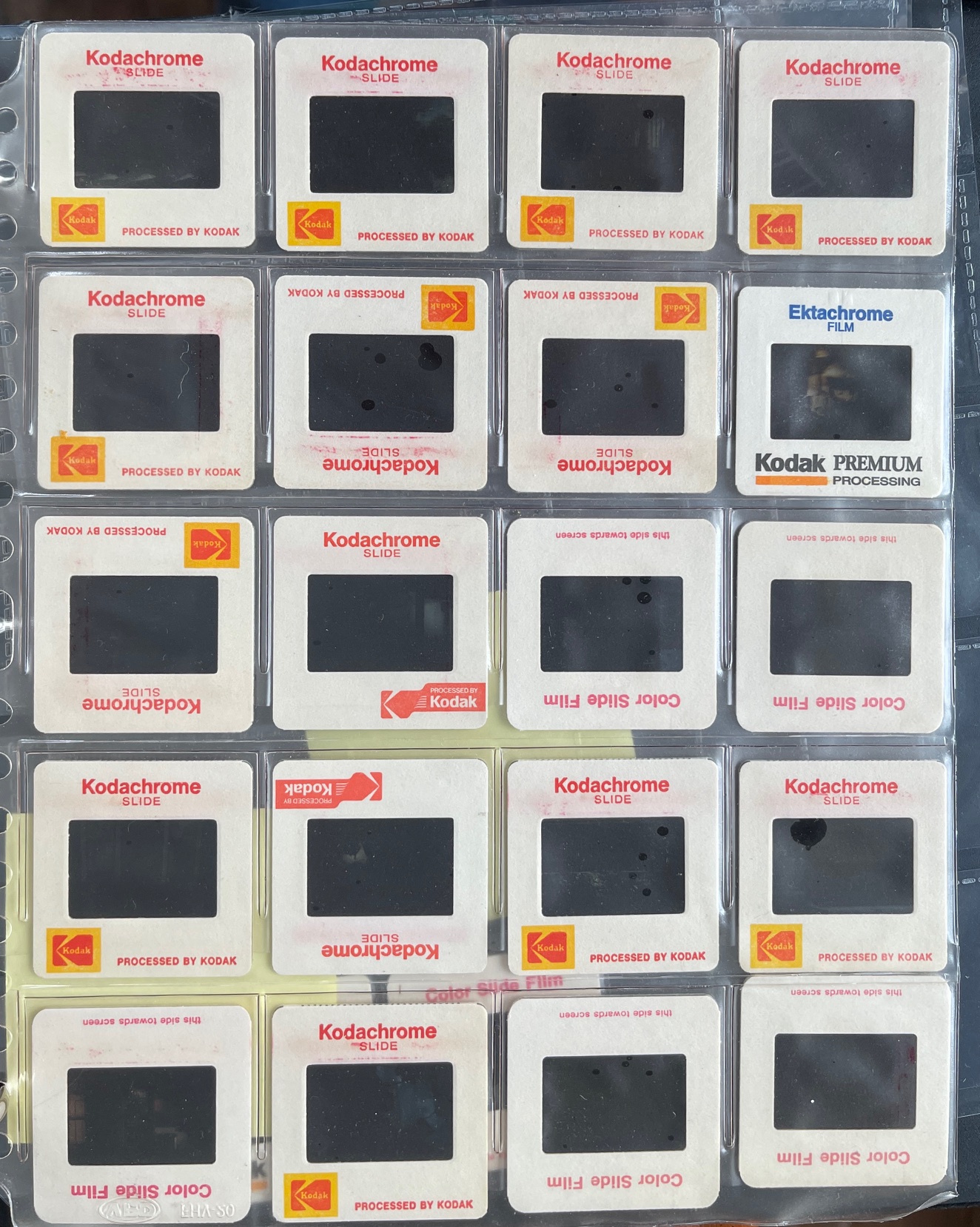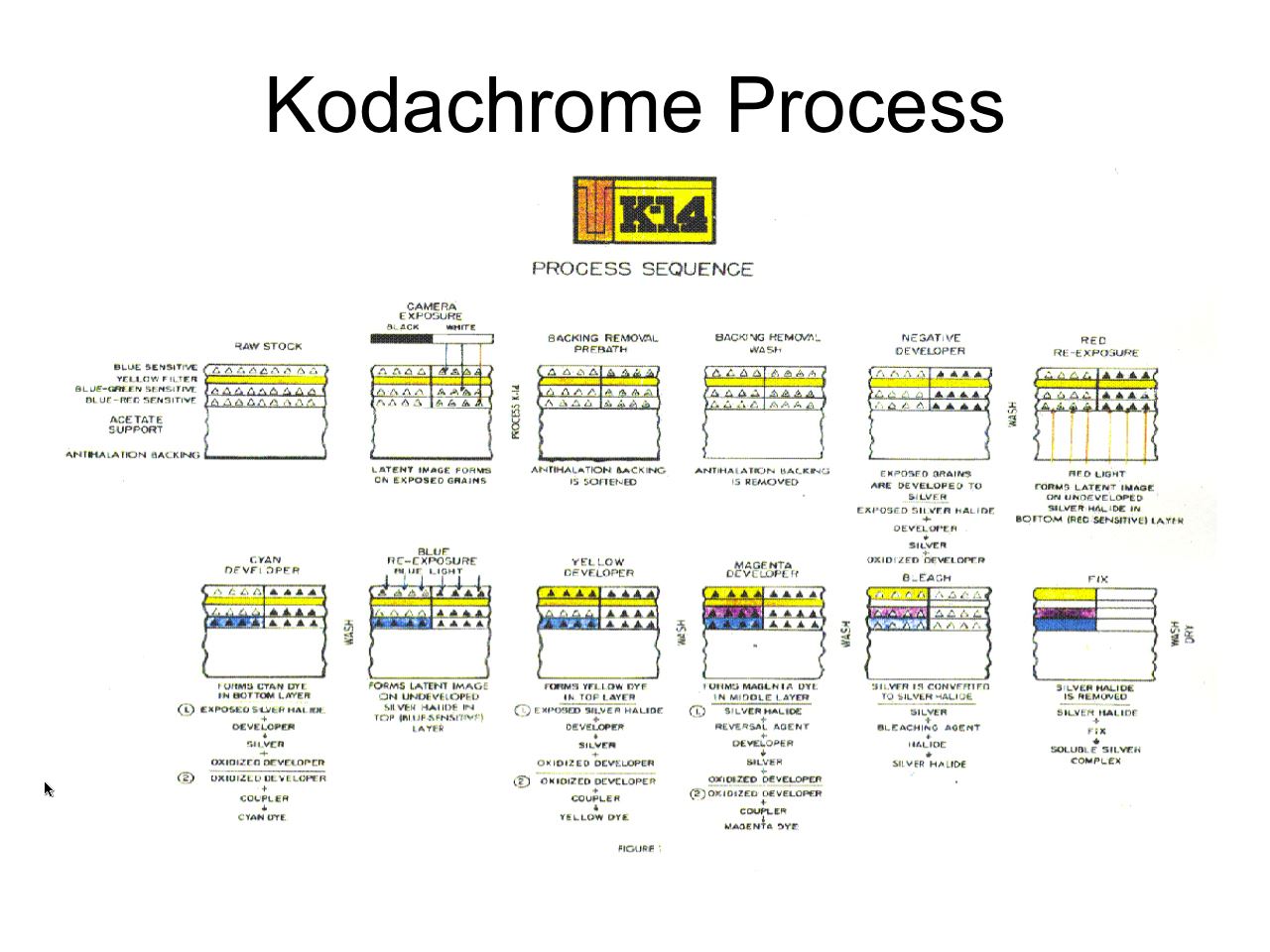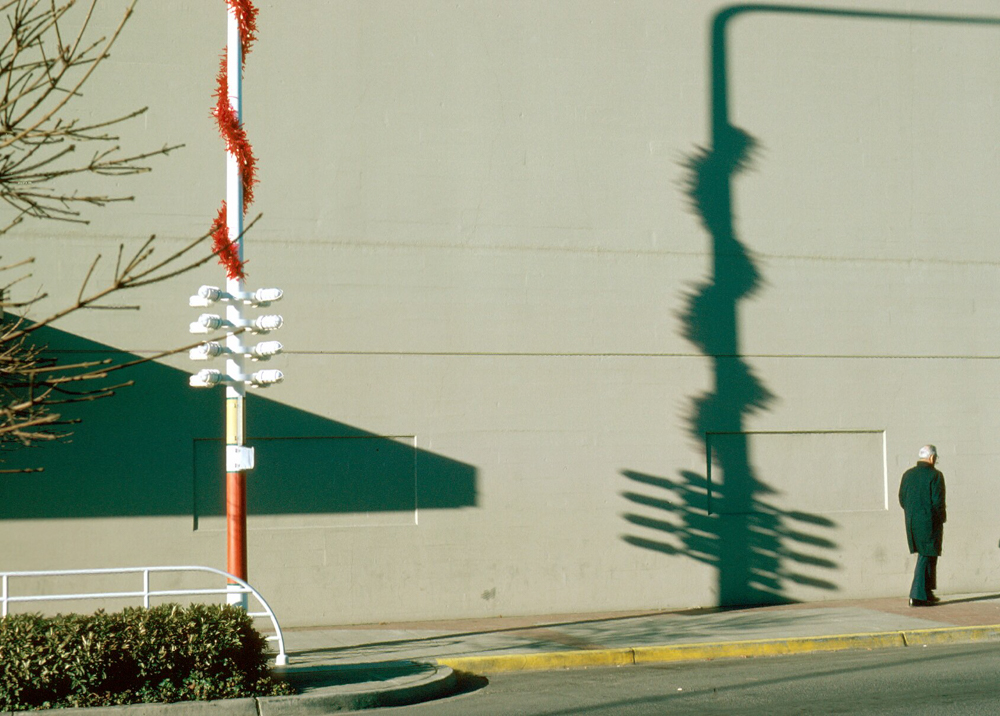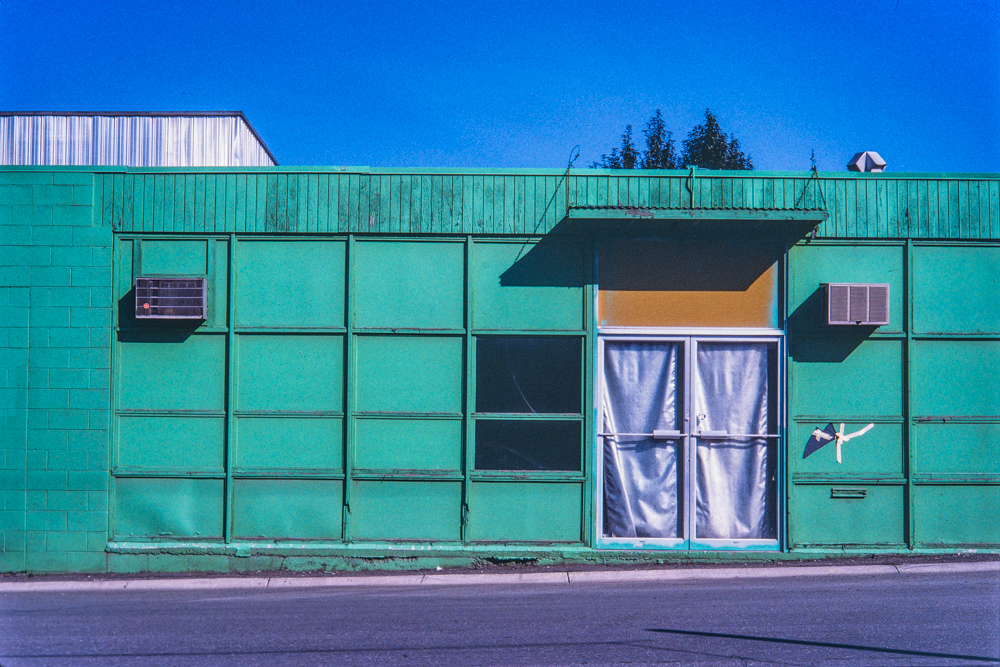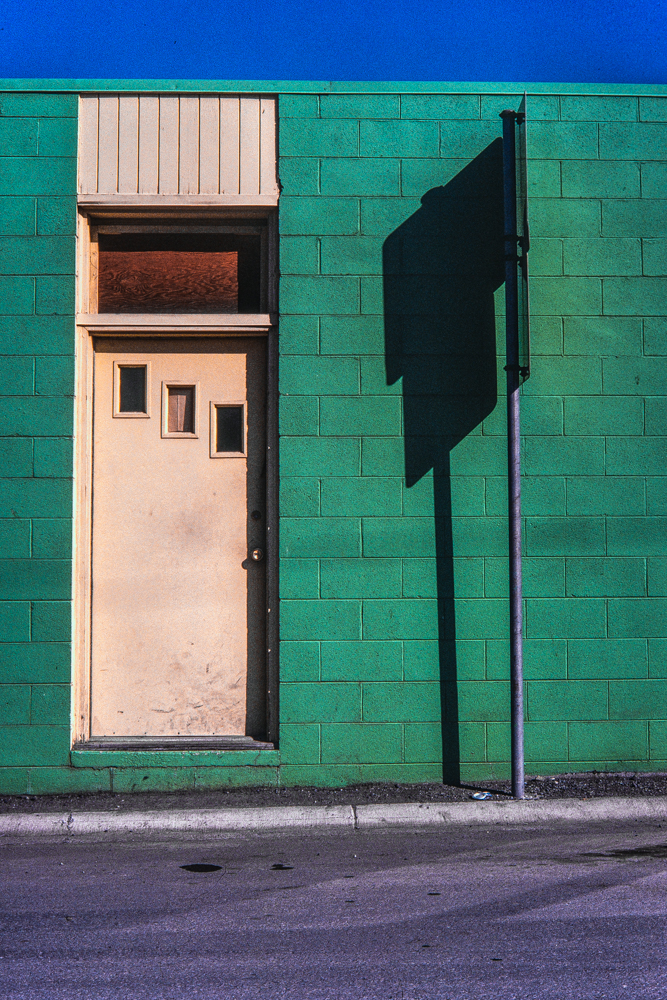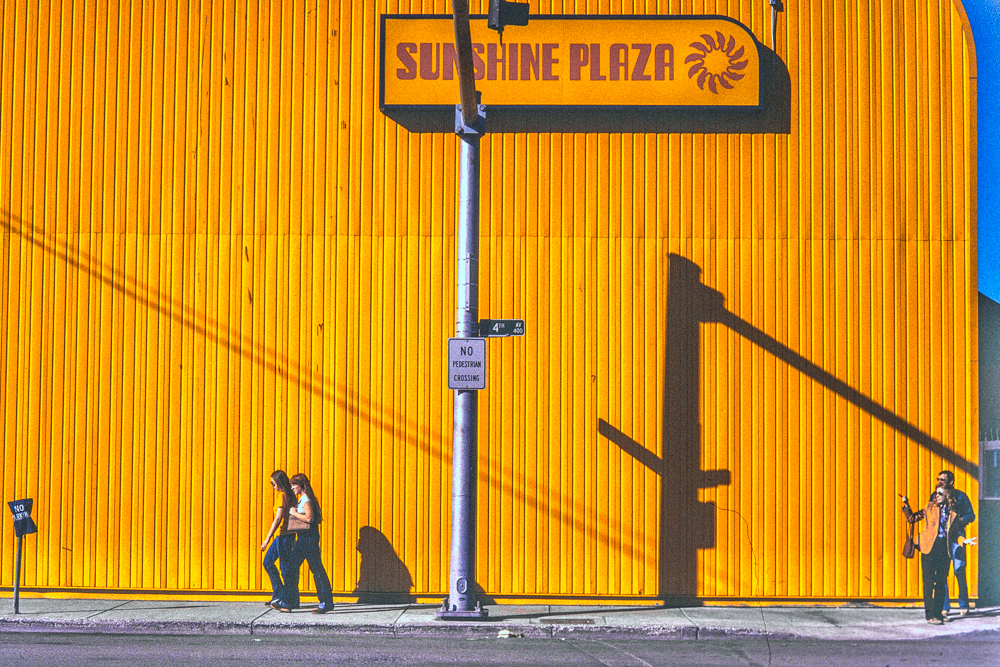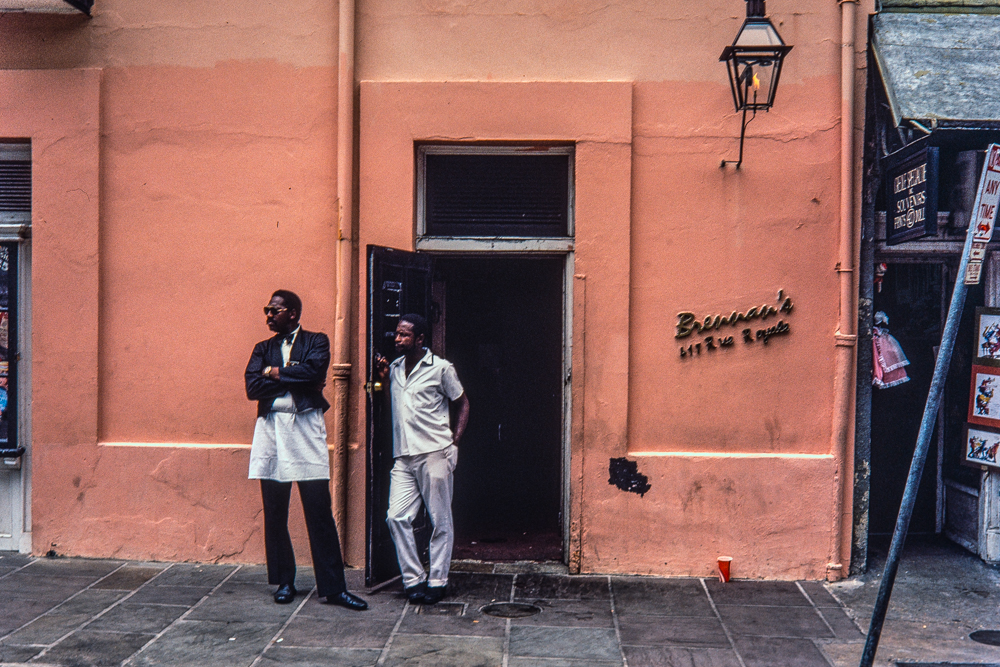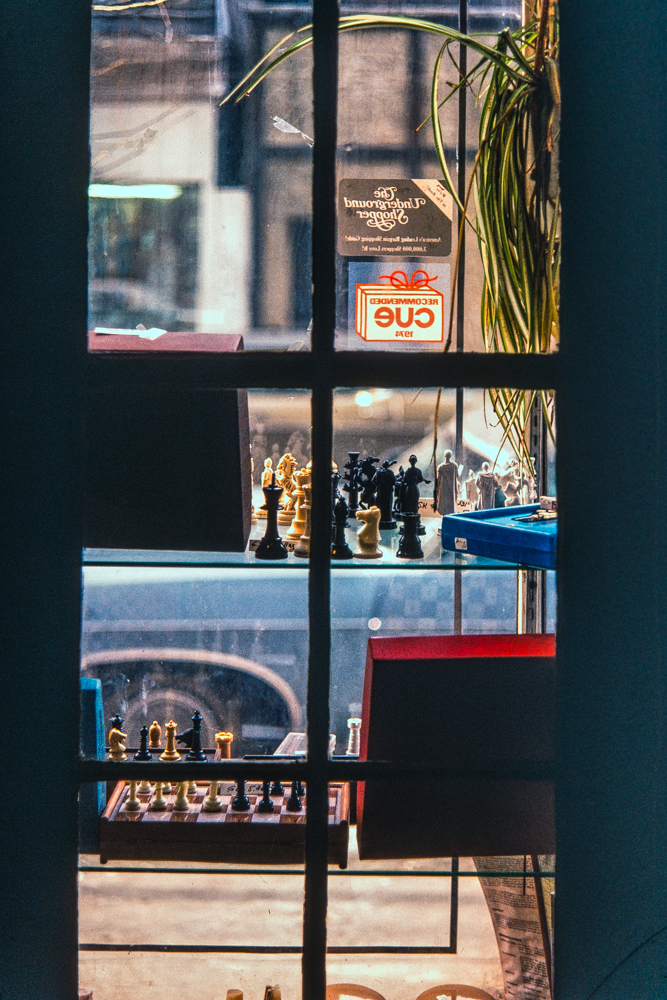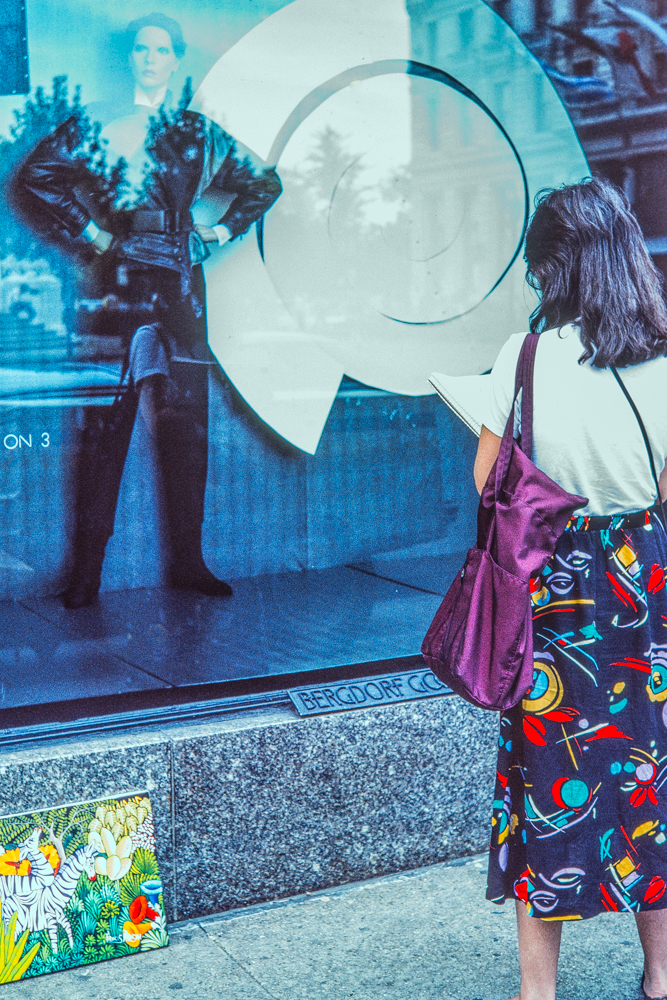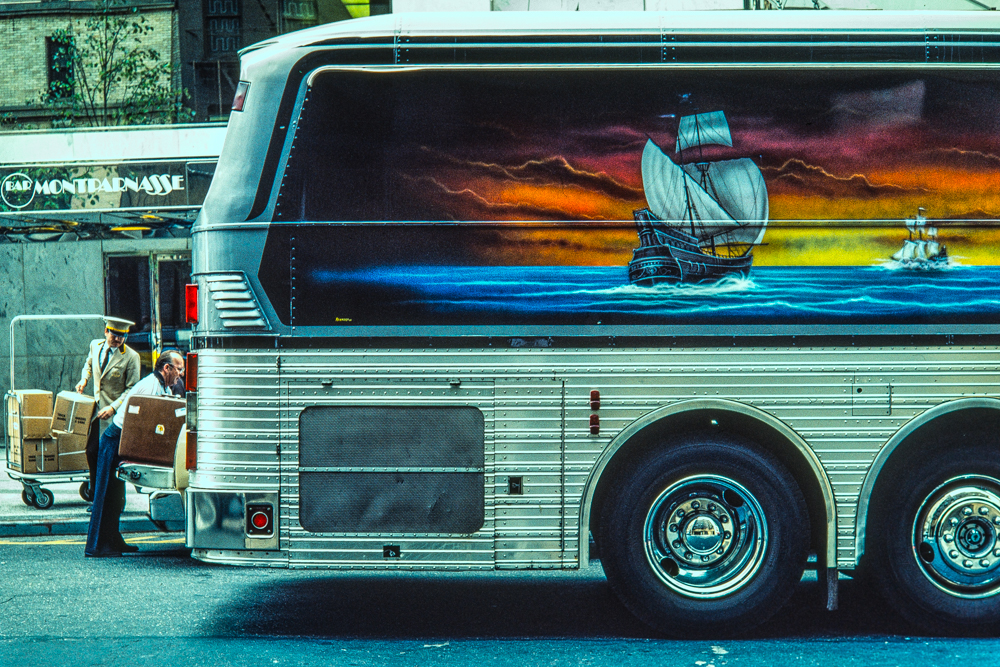An orgy of monochrome cinematography.
“There’s no there when you get there”, Gertrude Klein once said of Oakland and when you look into Andrew Scott’s eyes in the new Netflix production of Patricia Highsmith’s eponymous character you have the same reaction. A cold blooded killer singularly interested in material possessions and La Dolce Vita, Tom Ripley has been filmed many times.
There’s the wonderful 1960 version directed by René Clément starring the physically beautiful Alain Delon, in French, named “Purple Moon”. A feast for the eyes.
Then there’s the 1999 Anthony Minghella version “The Talented Mr. Ripley” known to most viewers, with splendid performances from Jude Law and Gwyneth Paltrow, with a thoroughly wooden Ripley by – who else? – Matt Damon. The movie is watchable enough, but a repeat viewing is reminiscent of perusing last year’s tourist brochures for the Riviera. All gloss, no substance with a sadly underused Cate Blanchett.
Then John Malkovich delivered a terse comedic version in Liliana Cavani’s enjoyable 2002 sequel named “Ripley’s Game” where a mature Ripley, now ensconced in worldly luxuries, retains and practices his killer instincts to preserve his luxurious lifestyle funded by theft and mayhem. There’s a fine performance by Dougray Scott as a weak willed frame maker and Ripley tool with the always lovely Lena Headey as the questioning wife. This is actually a remake of a Wim Wenders 1977 movie named The American Friend with Dennis Hopper and Bruno Ganz, with Wenders exchanging violence for the humor in Cavani’s version. Dark and foreboding.
Now, from the usually low brow production studios of Netflix who mostly seem intent in pouring money into a string of disasters, (check that cure for insomnia “The Irishman” with its truly frightful ‘de-ageing’ technology), comes a new interpretation in eight 45 minute episodes, and it’s highly recommended for aficionados of black and white cinematography. I’m watching it in high definition streaming 4K (if that’s not a contradiction in terms where data compression is the order of the day) and the cinematography of Robert Elswit proves why there’s an Oscar on his mantelpiece.
Here are some stills from the climactic Episode 3 where Ripley whacks the poorly acted Johnny Flynn as Dickie Greenleaf:

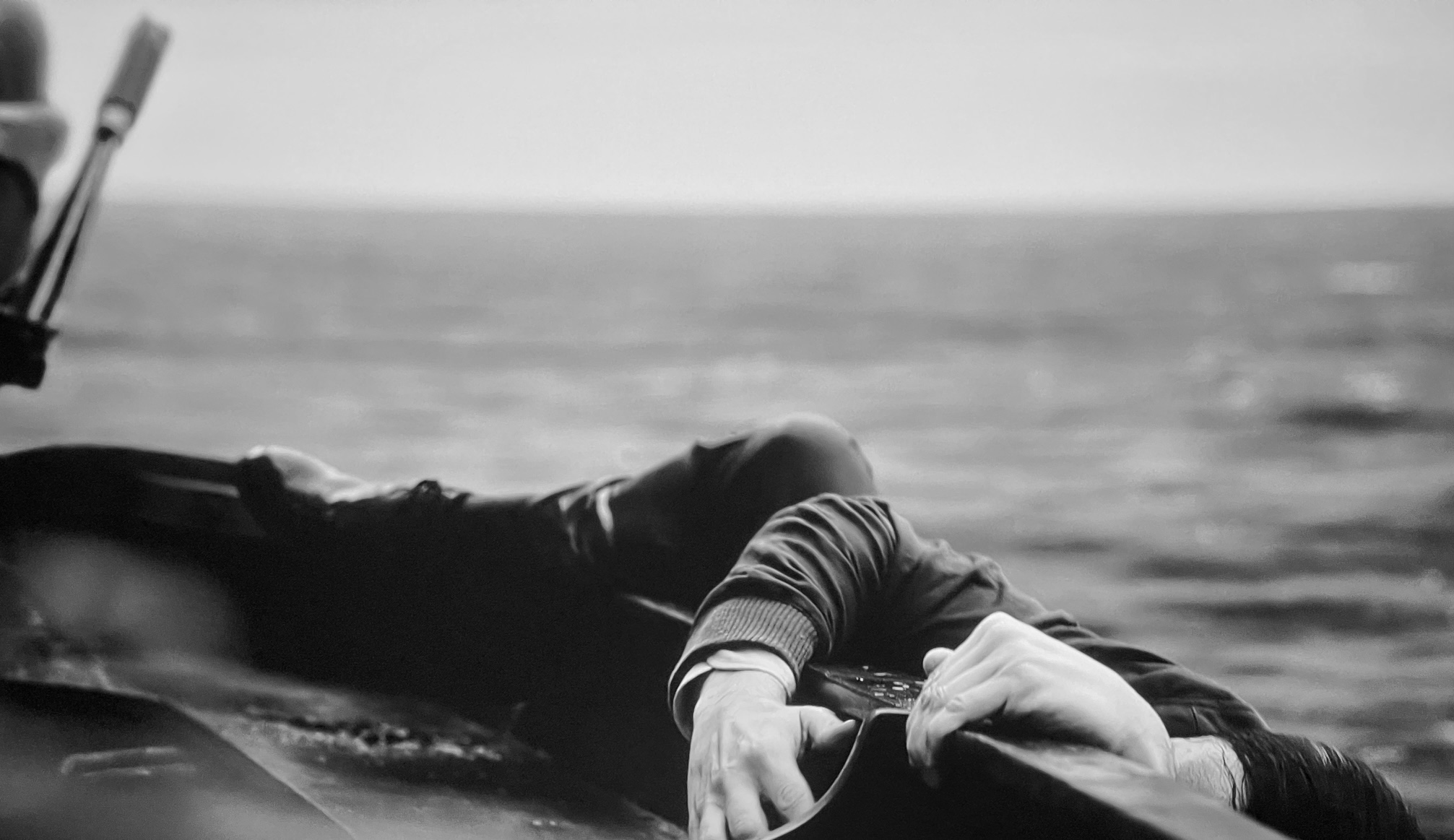
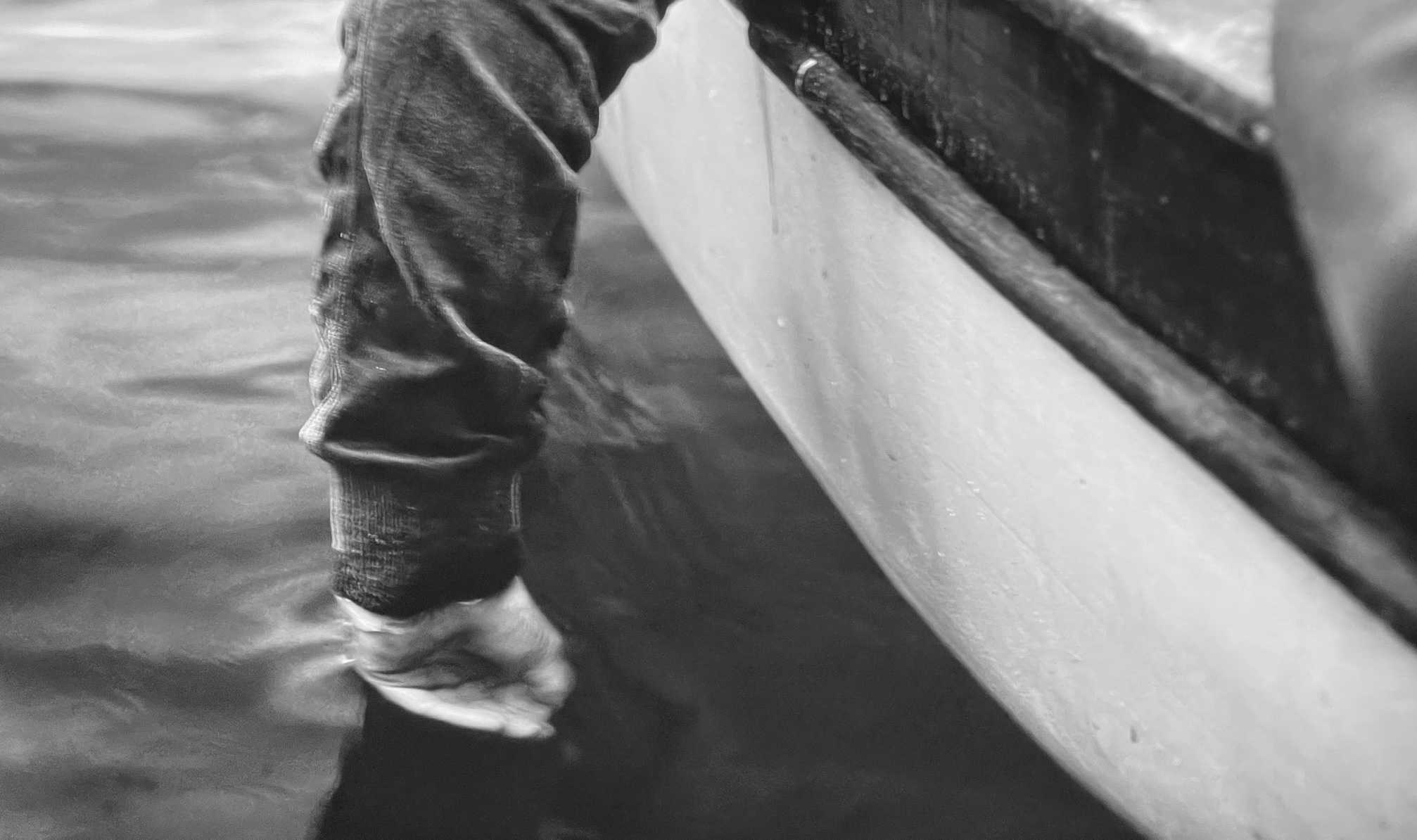

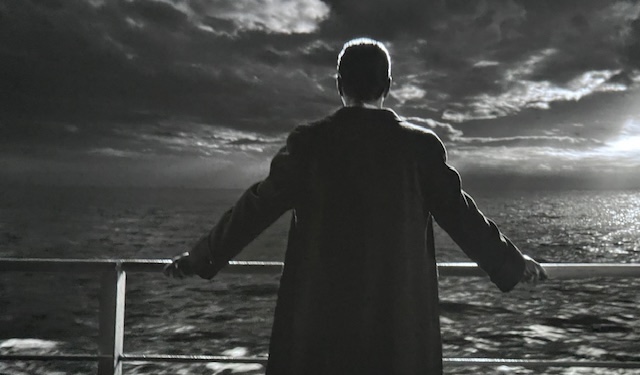
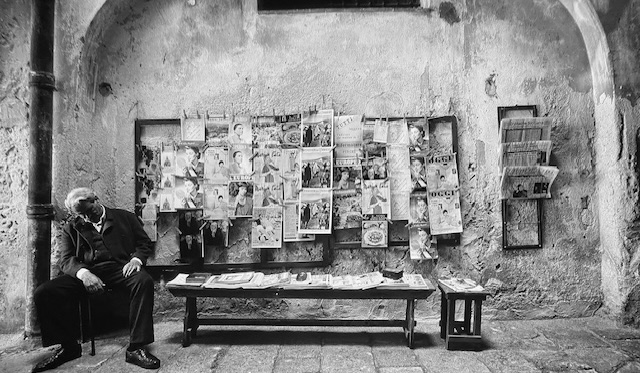
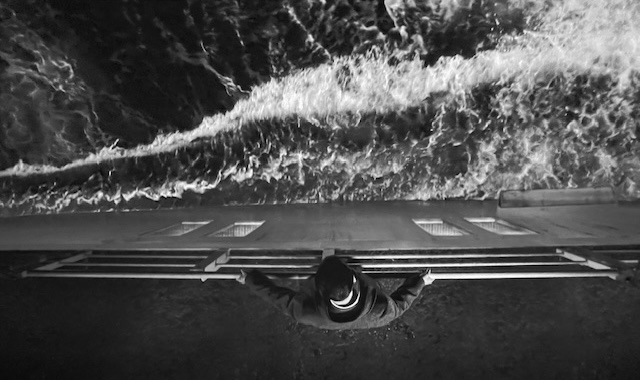
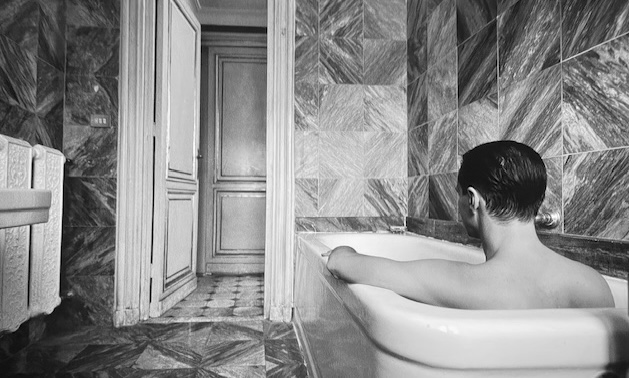
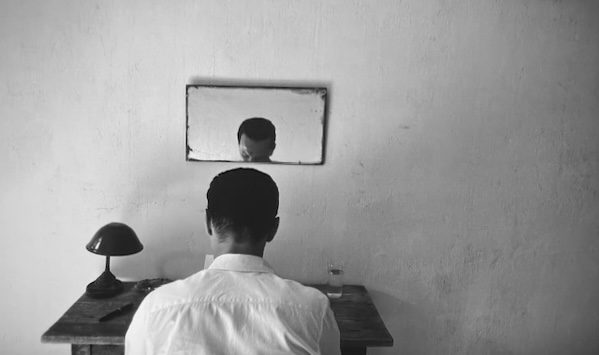
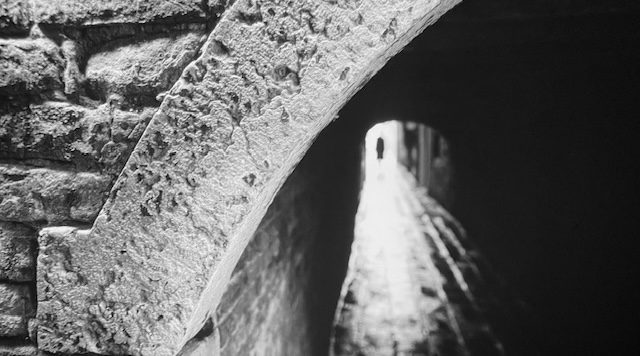
These monochrome images are reminiscent of the canvases of René Magritte and the photographs of Ralph Gibson and they are arresting. On several occasions I found I had to pause the movie to luxuriate in its monochrome splendor.
So, Andrew Scott as Ripley apart, you do not come here for the acting which is mediocre to awful (Eliot Sumner in particular should audition for fry cook when his/her/its acting career mercifully ends, which should be any day now), with Dakota Fanning an honorable exception as the Ripley-hating Marge. No. You come here for the cinematography which is very special indeed. Suffice it to say that this is HBO quality from a competing studio not known for its high standards in movie production.

